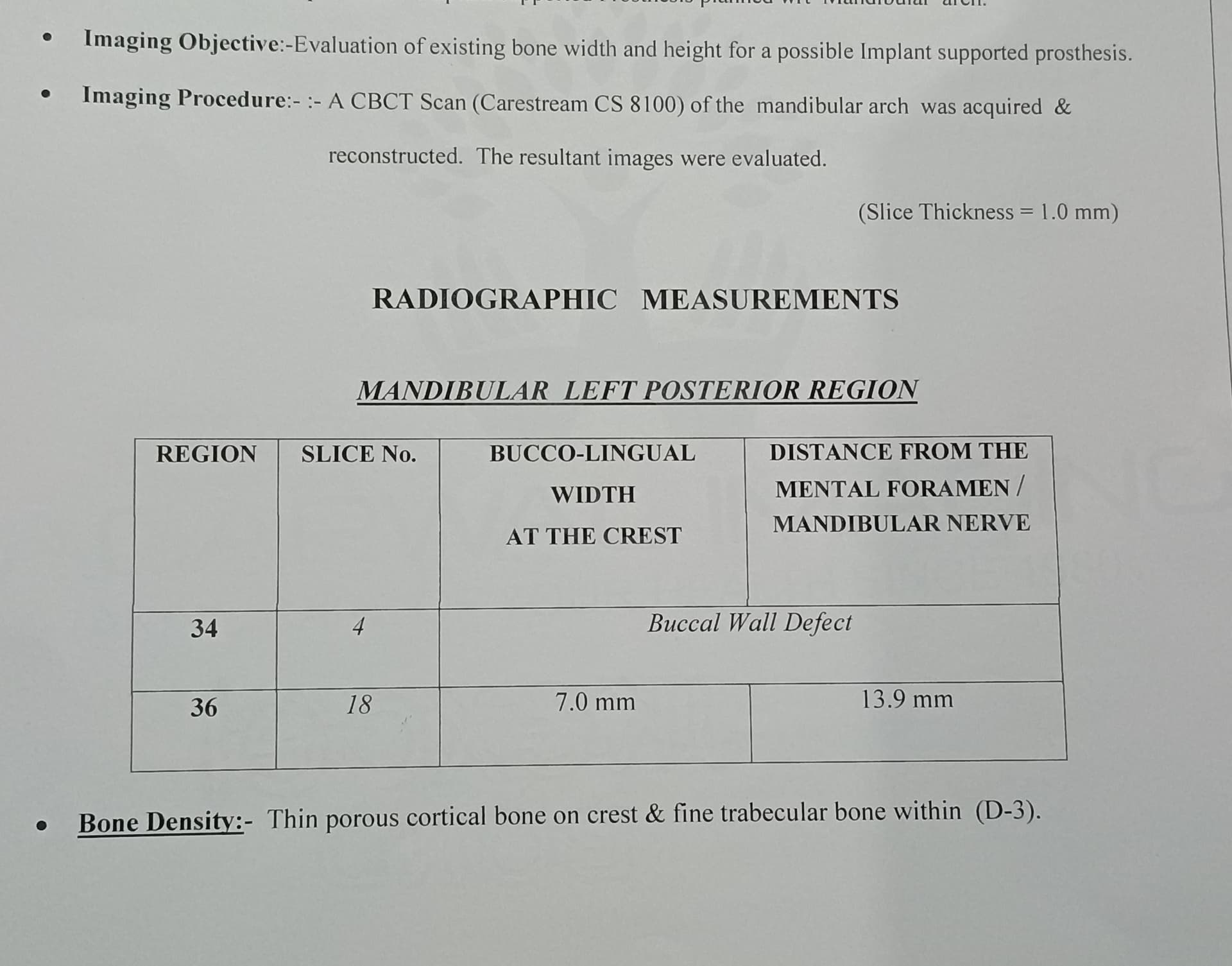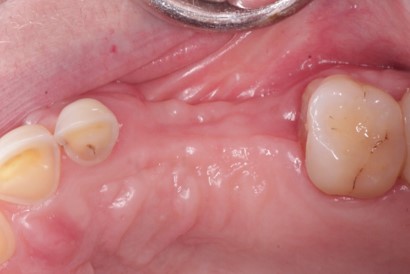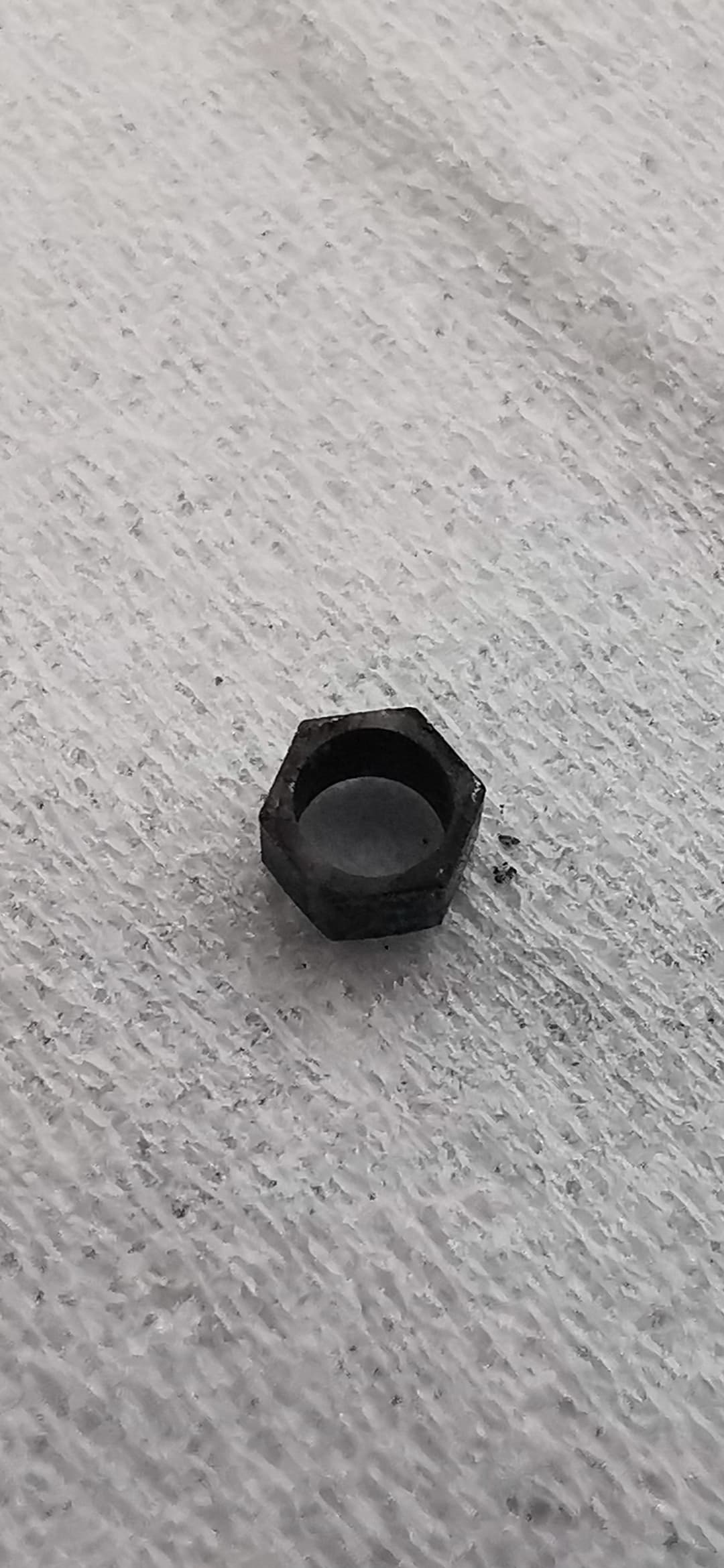Spontanous exposure and early bone loss: how to proceed?
I have had a complication with this case below. Patient had history of perio disease, now under control, but had a very bad dry docket in this UL6 area and has a history of severe dry sockets requiring hospitalization. No relevant medial history or bisphosphonates. The adjacent teeth have had bone loss in the past but are currently stable. A CBCT scan in this area showed enough bone for a short wide implant but bone deficiency palatially, she wasn’t keen on sinus augmentation.
The surgery went very well, no sign of sinus floor issues and I used small amount of GBR palatially. At the post surgery review we had specifically discussed spontaneous exposure and the patient was aware to contact us if she had any concerns in the healing period, the review showed no problems.
Unfortunately at today’s exposure appointment it had a small spontaneously exposure palataly. I attached a healing abutment and there was good integration. However, this is the post exposure Xray with obvious mesial bone deficiency. I informed the patient and discussed the history of dry socket and poor bone healing. I emphasized the need for excellent OH and review.
I am still relatively new to implants having placed about 75 and undergone rigorous training. Thankfully this is the first time I’ve had a significant issue like this. I feel I am a diligent and professional clinician but I feel terrible about this complication and accept perhaps I was over ambitious.
What are your thoughts on how I should proceed? What lessons should Learn from this?
![]Guide Pin](https://osseonews.nyc3.cdn.digitaloceanspaces.com/wp-content/uploads/2015/07/depth-guide-pin.jpg)Guide Pin
![]RX](https://osseonews.nyc3.cdn.digitaloceanspaces.com/wp-content/uploads/2015/07/RX.jpg)RX
![]RX1](https://osseonews.nyc3.cdn.digitaloceanspaces.com/wp-content/uploads/2015/07/RX1.jpg)RX1


















